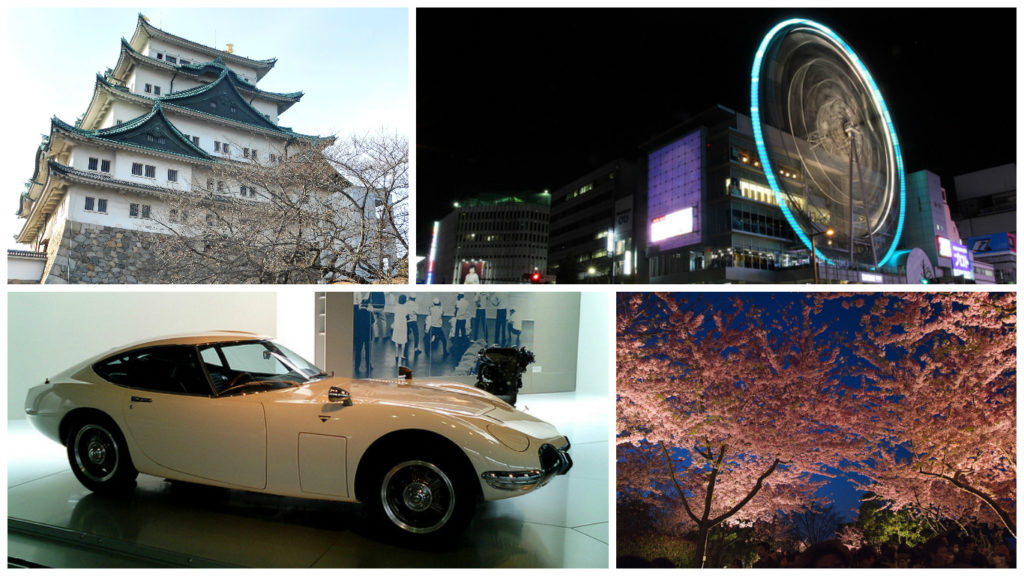Nagoya might not have the fame of Tokyo or Kyoto, but it is major metropolis in its own right. With these 6 great Nagoya sightseeing options, from exploring a castle to getting a glimpse of cutting-edge car production and more, see how this unsung city of Japan remembers its storied past while keeping pace in the present and looking toward the future.
Nagoya Sightseeing Begins with History
Nagoya was the birthing ground of some of Japan’s most famous historical figures: The great unifiers Oda Nobunaga, Toyotomi Hideyoshi and Tokugawa Ieyasu. The city industrialized rapidly starting in the Meiji period. In 1937 Toyota, now the world’s largest car manufacturer, was founded just outside of Nagoya. After World War II, the city was rebuilt on a grander and more modern scale than ever before. Nagoya also has a Noh Theater and a grand Kabuki stage, and is host to the grand sumo tournament in mid-July. With a mix of industry, history, culture, entertainment and food, Nagoya is a great stop on any Japan trip. Here are some great Nagoya tourist spots, with advice about shopping and great eats along the way.
Nagoya Castle
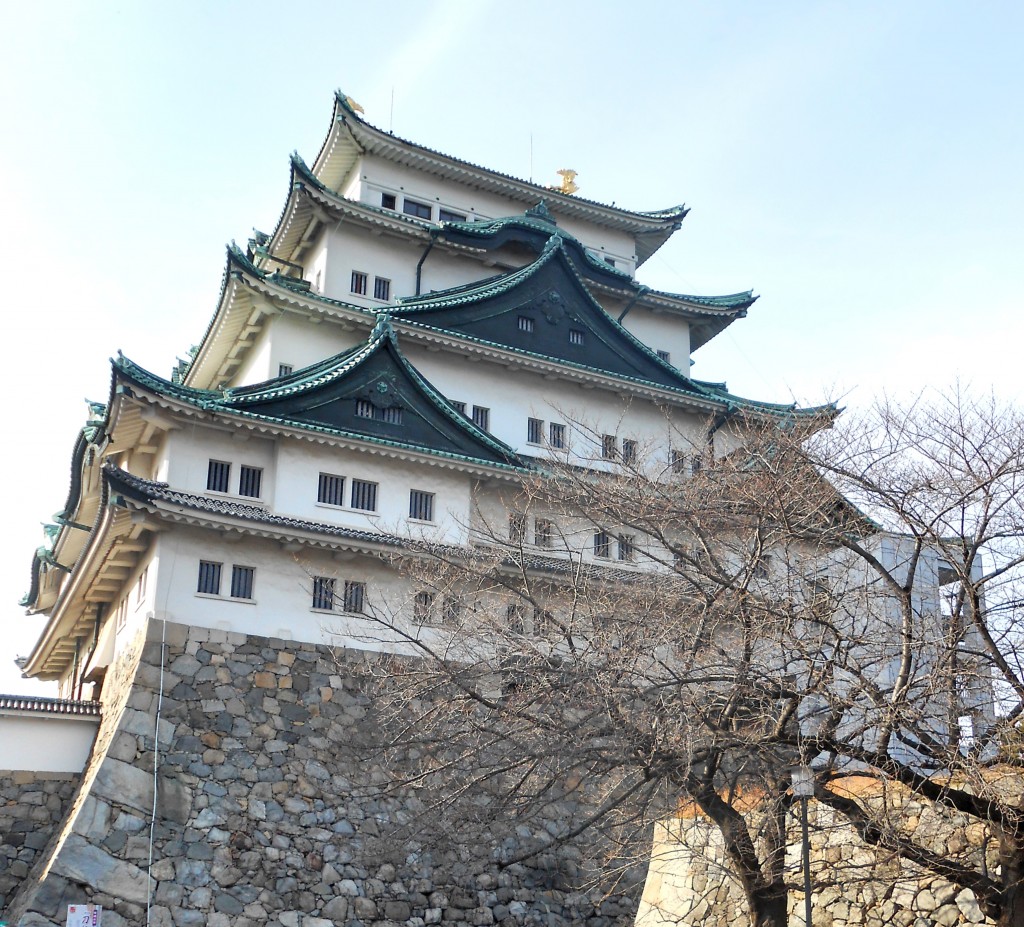
No trip to Nagoya is complete without a visit to Nagoya Castle, built by Tokugawa Ieyasu after he succeeded in uniting Japan. The famous golden dolphin (sometimes referred to as carp) roof statues were brought from Kiyosu Castle, which was the main center of power in Aichi before that. Nagoya Castle later served as an Imperial Villa until it was returned to the City of Nagoya in 1930. Since the main castle buildings were destroyed during World War II, the current structure is a reproduction constructed in the late 1950s.The fascinating history of Nagoya Castle is explained through exhibits and English plaques in the main castle keep. Reconstruction on the Honmaru Palace is ongoing, but part of it is already open to the public, including the luxurious gold-leaf sliding door paintings. Visitors can even watch the reconstruction as it takes place during designated times.
Nabana no Sato Park
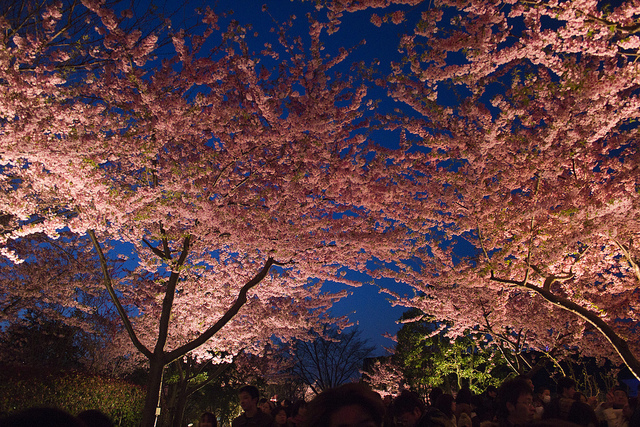
If you are planning on a Nagoya sightseeing trip in spring, be sure to catch the cherry blossoms at Nabana no Sato, a flower park located just outside of Nagoya. Constructed as a series of leisurely garden paths, some flanking a quiet lake, the park provides plenty of great photo opportunities whether you catch the sakura in their full glory during the day or illuminated at night. Nabana no Sato is part of the large resort complex Nagashima Resort. The amusement park inside of it, called Nagashima Spaland, houses some of the best rollercoasters in Japan, including the Steel Dragon 2000 which spans the whole length of the park. There is also a waterpark, Joyful Waterpark, open only in summers, and an onsen complex called Nagashima Spa Yuami no Shima which has attractive indoor and outdoor baths. Nabana no Sato park is located 15 minutes by shuttle bus from the amusement and resort areas. To get there, take the bus for Nagashima Onsen from Meitetsu Bus Center next to Nagoya Station.
Toyota Automobile Museum
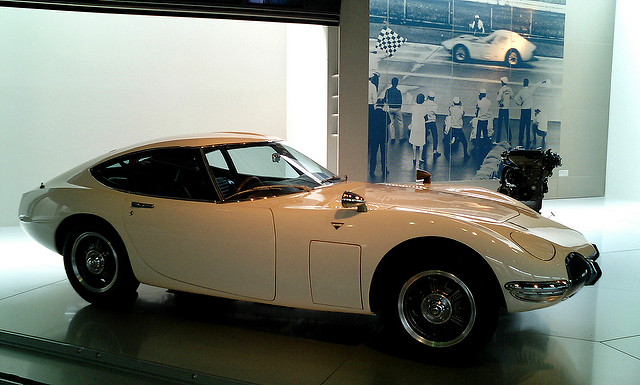
For those interested in cars or industrial manufacturing, the several Toyota related sites in and near Nagoya should not be missed. The main Toyota headquarters is located outside of Nagoya in the city of Toyota. The nearby Toyota Kaikan Museum offers a free two-hour-long tour of the museum and factory including the welding area and assembly area. The museum relays the history of Toyota cars and displays new model cars. Tours are held once daily Monday to Friday in Japanese and English, but a reservation is needed. Within Nagoya there are two more Toyota museums, The Toyota Automobile Museum and the Toyota Commemorative Museum of Industry and Technology (or Toyota Techno Museum). The Toyota Automobile Museum houses a large collection of cars from various countries and manufacturers with a focus on post-war Japanese cars. The Toyota Techno Museum is 10 minutes by bus from Nagoya Station on the Meguru loop line bus. It tells the history of Toyota from its beginnings as a loom manufacturer to an automobile giant with exhibits including loom machinery, car display halls, and interactive science exhibits.
Noritake Garden
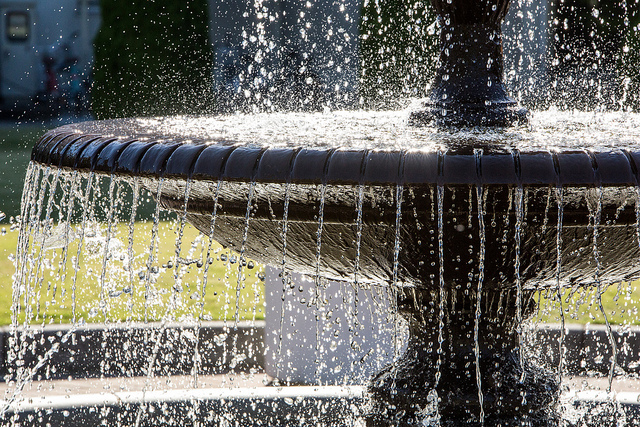
In central Nagoya, Noritake Garden is a complex housing a museum building, stores, and restaurants. Noritake is a famous Japanese ceramics company that got its start in Nagoya about 100 years ago. They produce mainly bone-china tableware. The Noritake Garden is built on the former Noritake factory grounds. It includes a craft center where you can see the factory production process of making ceramics and even try painting some yourself. The museum on the 3rd and 4th floor displays decorative and practical ceramic pieces from the late 1800s to mid-1900s. Enjoy a stroll around the brick buildings and gardens and learn about the process of creating chinaware. Finish off with a leisurely lunch at one of the Garden’s restaurants and do some souvenir shopping in their outlet shop. The Garden is not far from the Toyota Techno Museum so you can easily combine the two activities into a half-day trip.
Osu and Sakae Shopping Districts
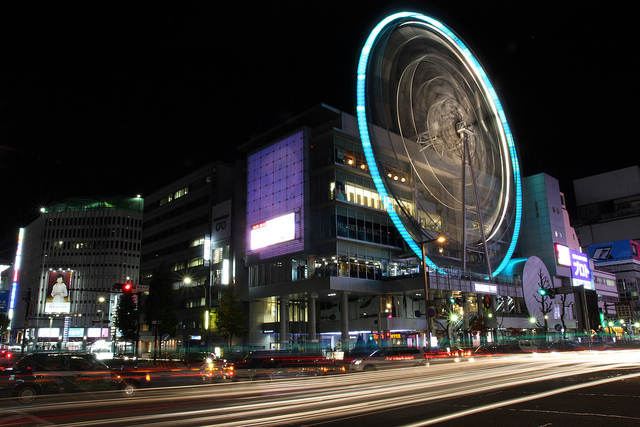
Any list of Nagoya tourist spots would not be complete without mentioning the two main shopping areas in Nagoya, Osu and Sakae. The Osu shopping area (near Osu Kannon subway station) offers old-fashioned shopping arcades with local stores ranging from computers to clothes to traditional crafts. These streets include Akamon Dori, known for its red flags and electronics and record shops. In contrast, Sakae is a modern shopping area in Nagoya’s downtown, ideal for department store shopping. Sakae is also the place to go for restaurants, izakaya Japanese bars, and nightlife.
Nagoyameshi
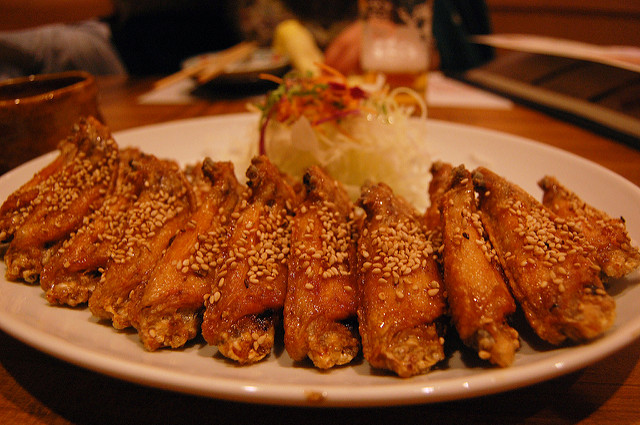
You are bound to be hungry after so much great shopping and sightseeing-as you search for restaurants to tide you over, don’t forget to ask about nagoyameshi-special Nagoya-style takes on some of the more traditional kinds of Japanese home style cooking. Two popular dishes are tebasaki, deep-fried chicken wingtips garnished with seasoning, and miso-katsu, fried pork cutlet with miso sauce and other assorted spices. Seafood delicacies such as hitsumabushi, or local eel on a bed of rice and divided into four portions eaten one after the other, is as unique as much for how it is eaten as for the taste. Get a flavor for Nagoya food culture with nagoyameshi!
Traveling to Nagoya
From Tokyo
Nagoya is extremely easy to access from other major cities in western Japan, including Tokyo. It is 2 hours by direct Shinkansen train from Tokyo. The Hikari train will be covered by the JR Pass while the slightly faster Nozomi train will not. There are also frequent highway buses during the daytime or overnight for those on a tighter budget.
From Kyoto
Nagoya is even easier to get to from Kyoto, with Hikari trains taking only about 35 minutes and the slightly slower Kodama trains taking about an hour from Kyoto Station. Buses and local trains are also available, but the Shinkansen is the most convenient option.
Getting Nagoya WiFi
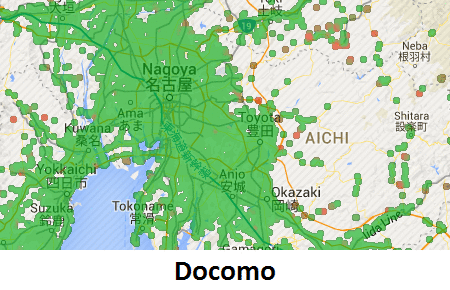
Nagoya is both an historic town and a modern city with an important role in Japanese industry that is easily accessible from most other parts of Japan’s main island. Whether you are texting as you hike around Nagoya castle or taking a selfie with the futuristic concept car in the Toyota Automobile Museum, having WiFi is absolutely essential to your Nagoya sightseeing experience. Wherever and whenever you choose to visit Japan, Sakura Mobile can help you stay connected with our Pocket WiFi and SIM Card Rentals.

